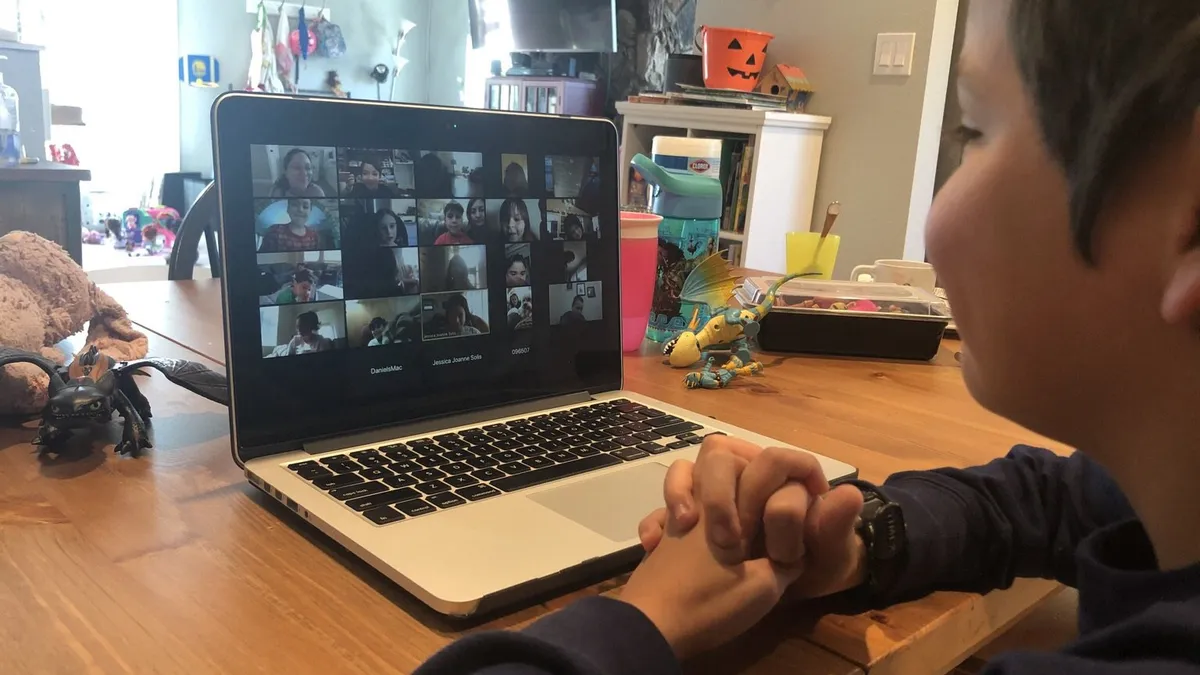Dive Brief:
- In an effort to increase the number of students with internet access, Fort Worth Independent School District in Texas erected Wi-Fi towers to connect one-quarter of the students most in need, The 74 reports. Phase two of the initiative, set to begin in December, will provide service to the rest.
- An estimated 60,000 residents are without internet access in Fort Worth, with the pandemic exposing how the digital divide has a greater impact on populations of color. To bridge this gap, voters approved the project funds in November 2020 through the Tax Ratification Election.
- In 2019, a report rated Fort Worth’s connectivity at 245th out of 625 cities. According to the National Digital Inclusion Alliance, 36 million households don’t have a home broadband subscription, including 26 million in urban areas.
Dive Insight:
The spring 2020 school closures highlighted internet connection disparity among students and the problems associated with it. Despite the scramble to connect students, two-fifths of low-income students continued to have limited access to a computer or to the internet.
Meanwhile, education leaders, governments and the business community have been finding creative ways to develop home broadband connections. For example, Ector County Independent School District in Odessa, Texas, is partnering with SpaceX’s Starlink satellite system to send high-speed internet access into the homes of students and teachers.
The program is starting with families that live in remote locations that lack internet service options. When schools closed during the on-set of the pandemic, 39% of the teachers and students in that district didn’t have reliable at-home broadband access.
Rural areas around the country continue to struggle with a lack of internet connection. A report from Regional Educational Laboratory Central — focusing on Kansas, Nebraska, North Dakota and Wyoming — found significant variations in connectivity between districts based on rurality and poverty levels.
Districts that had a 70% connectivity rate prior to the pandemic were more likely to propose support for home-based internet access, devices and tech support. They were also more likely to deliver social-emotional learning and support, compared to 50% of districts with lower connectivity.
To help close the gap, the Federal Communications Commission opened a second 15-day filing window for schools and libraries to request funds to bolster equipment and services. The extended period, which ended Oct. 13, gave schools and libraries another chance at money from $7.17 billion Emergency Connectivity Fund. The second window opened in response to demand stoked by the unknown impact the delta variant on school systems.
In the first window, the FCC received $5.1 billion worth of requests from all 50 states and territories. The ECF is part of COVID-19 relief efforts under the American Rescue Plan.






 Dive Awards
Dive Awards






